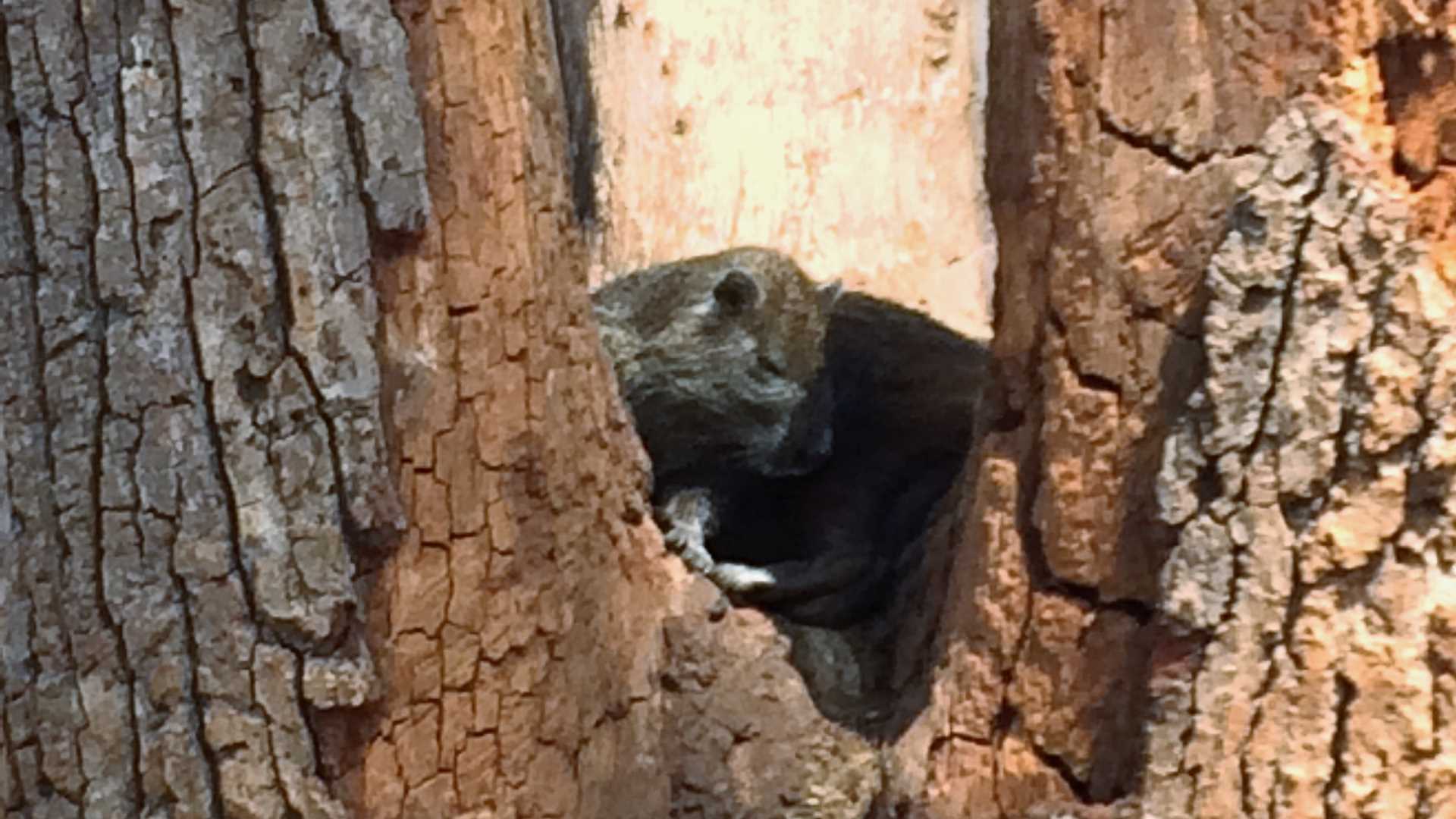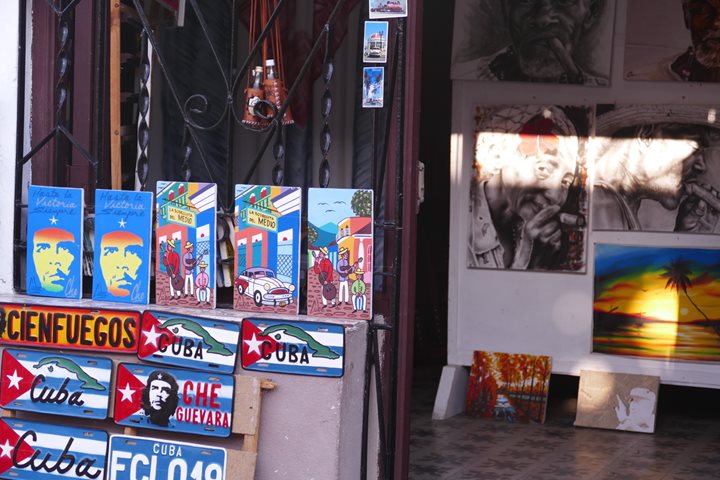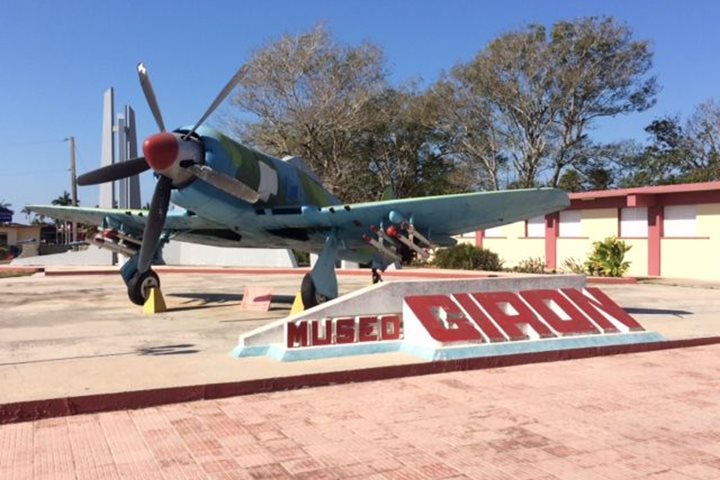The DER below is from the expedition to Cuba that began on March 8, 2017.
Once again, the day dawned bright and sunny on our last day in Havana. Explorations of this wonderful city continued, as usual, with a few different options – always something for everyone!
Some of us opted to take a guided visit to the Columbus Cemetery, or, in Spanish, Cementerio de Cristóbal Colón, named for Christopher Columbus. Founded in 1876 in the Vedado neighbourhood of Havana, it is considered one of the great historical cemeteries of the world and arguably the most important in Latin America in historical and architectural terms. The 140-acre cemetery is noted for its many elaborately sculpted memorials and it is estimated that today the cemetery has more than 500 major mausoleums, chapels, and family vaults.
Another option was to visit the Fine Arts Museum (Museo Nacional de Bellas Artes de La Habana), a wonderful museum founded in February 1913 and eventually relocated to the block once occupied by the old Colon Market. The museum is comprised of two impressive buildings: the Palace of the Asturian Center dedicated to the Universal Arts, and, the one we focused on, the Palacio de Bellas Artes that exhibits Cuban art collections from the colonial times up to contemporary generations.
Yet more of us chose to take a guided tour of our spectacular, historical hotel and its grounds, or even just relax by its lovely pool. By late morning, we all gathered to bid farewell to Havana and its myriad delights before heading off toward our next adventures.
We drove out of Havana in a south-easterly direction towards the historic town of Cienfuegos, capital of the Cuban province of the same name, where our home for the next week, the Panorama II awaited us. On the way we stopped for lunch at a place in the country named Fiesta Campesina, where we had a delicious buffet of typical Cuban food, to the backdrop of more live music, and with the opportunity to see some of the native animals kept on the grounds. A particular highlight was the opportunity to see one of Cuba’s 10 species of hutia, part of a large rodent family found exclusively in the West Indies.
As we drove through Cienfuegos to the Parque Martí (named after the Hero of Cuba, José Martí, and featuring a statue of the great man) we admired the Neo-Classic geometric layout of the town’s well-preserved historic center. Before continuing onto the ship, we saw one of the most powerful musical performances so far on this trip, an a capella performance by the renowned “Cantadores de Cienfuegos” choir, that featured a variety of classic Cuban and American songs and literally brought us to our feet.
We then joined Captain Kostas and his welcoming crew on board for sunset cocktails and the beginning of a new leg in our explorations of Cuba.







